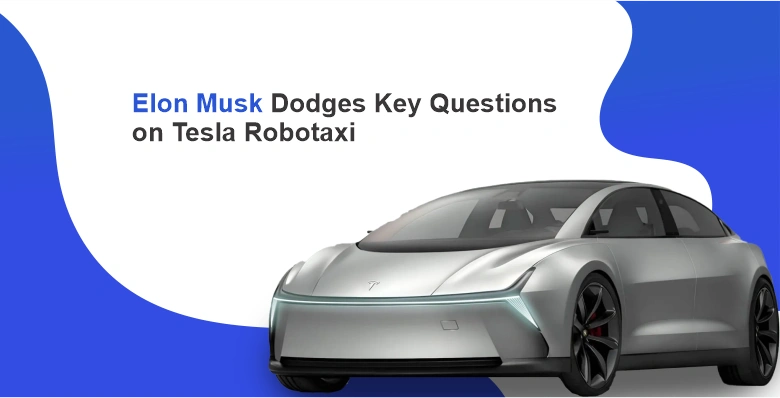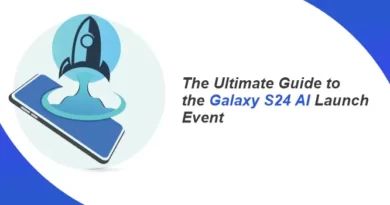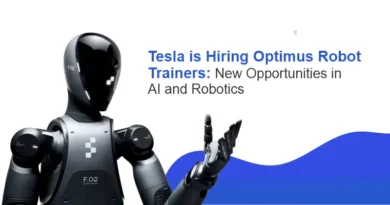Elon Musk Dodges Key Questions on Tesla Robotaxi
During Tuesday’s earnings call, the Tesla CEO dodged key questions about the autonomous vehicle. He avoided confirming whether it would have traditional controls like pedals and a steering wheel.
This is a crucial question for Tesla’s robotaxi plans, already delayed for further prototype work. A vehicle without a steering wheel and pedals could take months or even years to get approved for public roads. In contrast, a more traditional vehicle could be released much sooner.
Tesla would need federal approval to deploy a radically designed robotaxi. The company acknowledges this in its letter to shareholders. “Though the timing of robotaxi deployment depends on technological advancement and regulatory approval, we are working vigorously on this opportunity given the outsized potential value,” Tesla stated.
Related Article: Ride with Waymo Robotaxis Now Available to Everyone in San Francisco
When asked about the specific regulatory approval Tesla would seek, Elon Musk declined to answer. He was specifically asked if Tesla would seek an exemption from Federal Motor Vehicle Safety Standards (FMVSS) to deploy a vehicle without traditional controls. Instead, he compared Tesla’s “generalized solution” to Waymo’s more “localized” one, calling the latter “quite fragile.”
“Our solution is a general solution that would work anywhere,” he added. “It would even work on a different Earth.” In addition, FMVSS currently requires cars to have basic human controls, like steering wheels, pedals, and side view mirrors. These standards dictate how vehicles must be designed before they can be sold in the US. If a new vehicle doesn’t comply with all FMVSS, manufacturers can apply for an exemption. However, the government only grants 2,500 exemptions per company per year.
People Also Read: Google Resume Format for Freshers with Example
The cap on exemptions theoretically prevents any AV company, including Tesla, from deploying purpose-built autonomous vehicles in large numbers. AV supporters have tried to pass legislation to lift the cap to allow more driverless vehicles on public roads. However, the bill is stalled in Congress due to questions about liability and technology readiness.
So far, only one company, Nuro, has been granted an FMVSS exemption. Nuro uses it to deploy a small number of driverless delivery robots in Texas and California. Cruise, owned by GM, requested an FMVSS exemption for its steering wheel- and pedal-less Origin shuttle, but it was never approved.
Recommended for You: What is CrowdStrike: Key Insights and Updates
As a result, the Origin is on hold indefinitely. Amazon’s Zoox claimed its autonomous shuttle was “self-certified,” prompting the National Highway Traffic Safety Administration to investigate. Other companies have avoided this step completely.
Waymo’s driverless vehicles have traditional controls, despite operating on public roads without safety drivers. Waymo has said it would eventually introduce a steering wheel-free vehicle but has not specified when or whether it would seek an FMVSS exemption.
Tesla faces similar regulatory hurdles depending on whether it decides to eliminate traditional controls. There have been hints, such as design drawings showing the vehicle without a steering wheel. Critics dismiss the Tesla robotaxi as vaporware, noting that Waymo conducts nearly 50,000 passenger trips weekly, while Musk makes vague promises about a vehicle that hasn’t been seen and may never exist.
Musk is betting the company on it, emphasizing that Tesla is fundamentally an AI company, not a traditional car company. However, he is unwilling to be transparent about the hurdles Tesla will face. We’ll have to wait until October for a real answer — or possibly even later, pending further delays.
Source: Elon Musk is not answering the most important questions about the Tesla robotaxi



